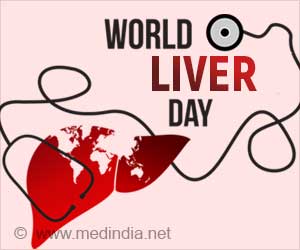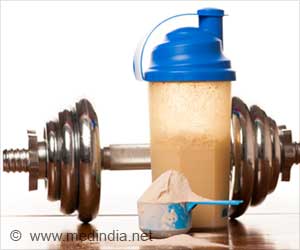Lead is a silent potent toxin that can severely damage our health. It has proven to be extremely dangerous for children and pregnant women. Lead has no biological utility and is hard to eliminate from the body.
Lead when ingested, inhaled, or absorbed through skin can cause health problems as it s s highly toxic to humans. Lead is a potent neurotoxin. At low levels lead poisoning in children causes an IQ-deficit brain and reduction in attention span like attention defecit hyperactivity disease (ADHD) , learning and reading disabilities, anemia, colic, kidney damage, impaired growth, behavioral problems, and at times hearing loss.At much higher levels, lead poisoning can cause coma, convulsions and even death. These effects are long-term and may be irreversible.
Recently a study was conducted by Toxics Link, a NGO, to evaluate the levels of lead exposure among people in India. Toxic levels of lead was found in 54 samples of junk/ artificial jewellery collected from different markets of the city.
Ravi Aggarwal, Director, Toxics Link said, “Lead is being used indiscriminately in toys, paints, and artificial jewellery even though its toxicity is well known and accepted. It is rather astonishing that there is no standard guideline or attempt to protect millions of children in India from its exposure, knowing that it can permanently lower their IQ level.”
The report also states that despite practicing international standards and prohibiting its use in jewellery and other similar items, there still is no strict and clear cut “regulation” for the same in India.
Associate Director of Toxics Link, Satish Sinha adds, “Blame it on lack of accountability, awareness, or regulations, the fact stands tall that lead is being used in children's jewellery and toys all across the country”. He further stated that, “Products meant for children's use must be free from toxic substances and hence should not contain lead.''
Apart from its presence in artificial jewelry and toys, at least 91% of paints that are manufactured in the country are still lead-based, which pose a serious threat to health and environment in general. In several developed countries lead paint is banned. A comprehensive national policy and a strict law are much needed to ensure the production of lead-free paints.
World-wide there are six major sources of lead exposure and include -
 Gasoline additives
Gasoline additives Food can soldering
Food can soldering Lead-based paints
Lead-based paints Ceramic glazes
Ceramic glazes Drinking water systems (lead pipes)
Drinking water systems (lead pipes) Cosmetic and folk remedies
Cosmetic and folk remediesDuring one particular festival, idols of Lord Ganesha are being immersed in water all across the country. Even a 2 kg idol of Ganesha usually contains a minimum of 6-8 gm of lead in it. Several much bigger idols are immersed in lakes, rivers, and tanks during the festival. All this contaminates our water supply with toxic levels of lead.
However some awareness is catching up in small pockets. Tthis year during the Ganesha Festival in Bangalore over 40 per cent of Ganeshas were eco-friendly with no paint on them. In Kolkata too, a notification has been issued to all Durga idol makers to utilise lead-free paints.
Generally speaking lead is being used indiscriminately by small scale industries, cottage industry, junk jewelry makers, print shops, and other workshops in home settings. It is time that the Government of India’s legislations are implemented on this health pollutants to save our children.
The World Health Organisation (WHO) report estimates that there are 120 million people who are overexposed to lead and 99 per cent of the most serious cases are from developing countries. Chronic lead exposure is known to bring about significant damage to DNA. It is estimated that the cost of lead poisoning among children in India is over Rs 3,000 million per year.
To combat this grave situation, a combined effort is needed, including government regulations, public awareness, and social responsibility of the industry. All streams of society should channelize their efforts to meet and combat the challenge.
Source-Medindia









